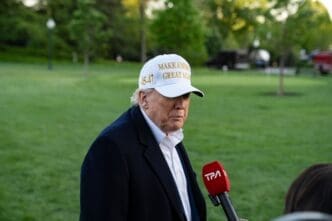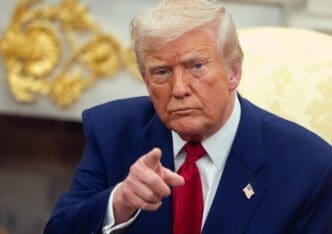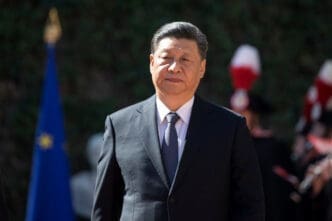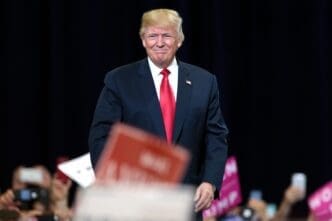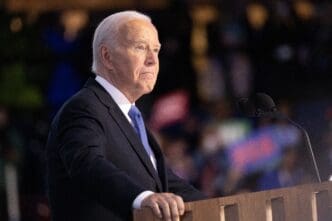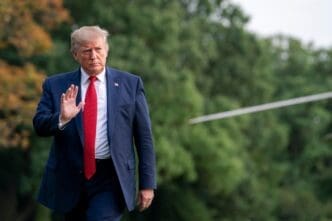Executive Summary
The Story So Far
Why This Matters
Who Thinks What?
President Donald Trump has significantly extended his personal branding strategy into the federal government during his second term, applying the marketing principles honed in his business career to various government initiatives and spaces. This approach includes launching branded programs like “TrumpRx” and the “Trump Gold Card,” renaming federal projects, and redesigning White House areas, prompting debate over the commoditization of the presidency.
Branding the Government
Trump’s administration has introduced several initiatives bearing his name. These include “TrumpRx,” a direct-to-consumer website for discounted prescription drugs set to launch early next year, and the “Trump Gold Card,” a $1 million immigrant visa promising access to life in America.
Beyond services, the branding extends to military hardware, with Boeing developing an “F-47” fighter jet. This name, chosen in consultation with the Secretary of Defense, honors the World War II-era P-47 aircraft, the founding year of the Air Force, and President Trump’s support for sixth-generation fighter development.
The president has also called for a “Golden Dome” defense system, echoing Israel’s Iron Dome, and has overseen renovations to the White House’s Rose Garden, rebranding it as the “Rose Garden Club.” This exclusive club hosts dinners for officials, lawmakers, and donors, featuring its own logo, while public tours of the White House have been paused for a planned ballroom expansion.
Expert Views and Concerns
Camille Moore, a branding expert, noted that Trump “understands how to capture attention” through simplicity and repetition, citing “Make America Great Again” (MAGA) as a prime example. She compared his approach to successful corporate brands like Nike or Apple, suggesting he leverages proven business strategies.
However, critics like Noah Bookbinder, president of Citizens for Responsibility and Ethics in Washington (CREW), argue that this extensive branding mobilizes the government for the political benefit of a single leader. While not directly violating laws, Bookbinder stated that it “violates long-standing norms” and carries “dangerous implications.”
White House Perspective
White House press secretary Karoline Leavitt stated that President Trump is the “brander in chief,” with many of these initiatives stemming from his own ideas. She emphasized his expertise in marketing, which he applied to build a famous business empire before his presidency.
Officials within the White House suggest that the second term has seen a more sophisticated and amplified branding effort. They attribute this to staff having a better grasp of President Trump’s vision, noting a shift from a “one-man show” to a “bigger, well-oiled machine” that incorporates diverse backgrounds, including athletics, into staffing decisions.
Social Media and Political Branding
The Trump White House has also reimagined its social media strategy, launching accounts with coordinated aesthetics and less bureaucratic approval processes. This agility allows for rapid content deployment, though it has also led to controversial posts, including an AI-generated video depicting House Minority Leader Hakeem Jeffries in a sombrero.
President Trump’s history of coining memorable monikers for political opponents, such as “Low Energy Jeb” and “Crooked Hillary,” further illustrates his consistent application of branding principles in politics. Even world leaders, seeking closer ties, have adopted this approach, as seen with the “Trump Route for International Peace and Prosperity” corridor following a peace agreement.
A Consistent Personal Brand
President Trump’s understanding of branding dates back to his time at the Trump Organization. In a 2008 textbook, he wrote, “Someone recently said that I was a product — I didn’t mind the comment because the product that the name Trump represents is fantastic.”
Despite some past business ventures under his name facing bankruptcy, experts like Moore suggest that President Trump understands risk and what is needed to make an impact. This consistent focus on personal branding has now become a defining characteristic of his administration.

